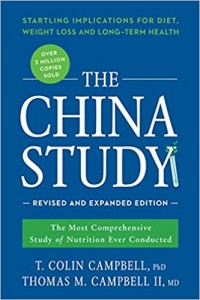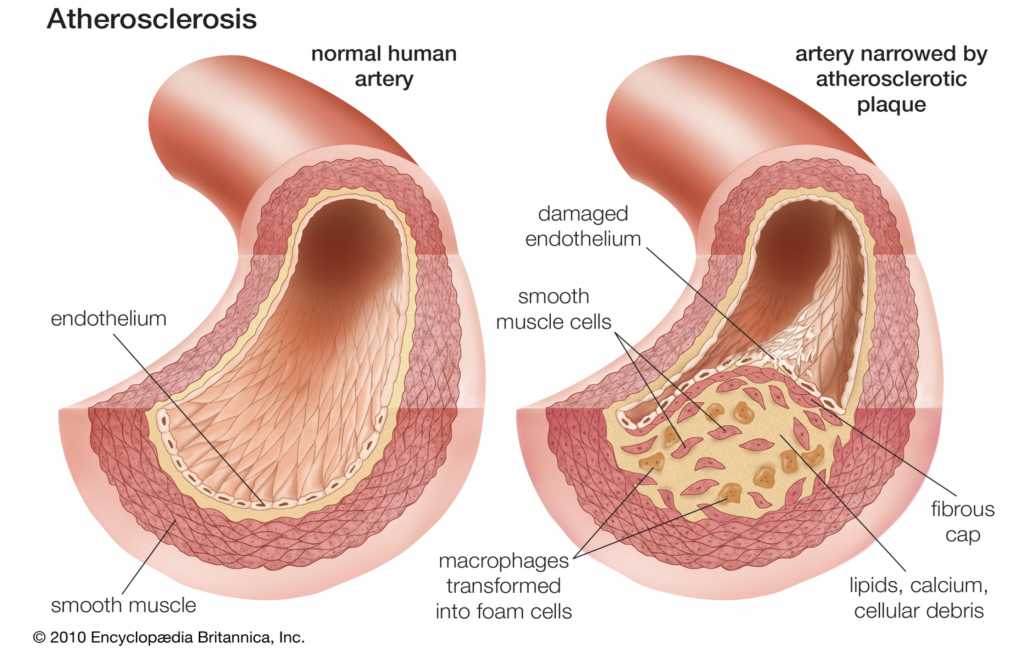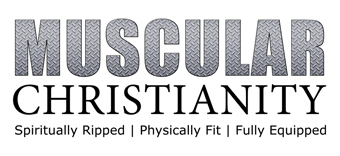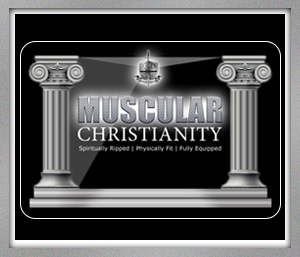The China Study | Part IV – Heart Disease
 So, what is heart disease and how can diet and nutrition not only prevent it, but reverse it as well?
So, what is heart disease and how can diet and nutrition not only prevent it, but reverse it as well?
Whether your family has a history of heart attacks or not, buckle up! What we’re getting ready to discuss, while it’s focused on heart disease, inevitably applies to a myriad of conditions and diseases that can be treated by simply changing your diet. While that might sound a little over the top, the data says otherwise.
You ready?
Fat
While the word, “fat” tends to resonate as a negative, it’s absolutely necessary for good health. But when a specific type of fat starts to accumulate in your arteries – oftentimes because of a bad diet – that’s when things start to go south.
Before we get into that, let’s go over a couple of terms:
Epidemiology (eh-pih-DEEM-ee-ah-low-gee) – the study of diseases as far as the way they surface and are treated in specific people groups
Cholesterol – a white, waxy substance that is not found in plants – only animals. It is an essential component of the membrane that coats all our cells, and it is the basic ingredient of sex hormones. Our body need cholesterol, and it manufactures it on its own. We do not need to eat it. But we do, when we consume meat, poultry, fish and other animal-based foods, such as diary products and eggs. In doing so, we take on excess amounts of the substance. What’s more, eating fat causes the body itself to manufacture excessive amounts of cholesterol which explains why vegetarians who eat oil, butter, cheese, milk, ice cream, glazed doughnuts, and French pastry develop coronary disease despite their avoidance of meat.
Atherosclerosis (eh-thir-ah-skler-OH-siss), or, the hardening of the arteries.
Medicine subdivides cholesterol into two types. High-density Lipoprotein (LIP-oh-pro-teen), or HDL, is sometimes known as “good” cholesterol. Medical experts do not know precisely how, but it seems to offer some protection against heart attacks – by collecting excess cholesterol and carrying it away from the arteries to the liver, which can break it down and dispose of it. As total blood cholesterol rises, you need more and more of the HDL cholesterol to protect you against heart disease.1
Low-density lipoprotein, or LDL, is “bad” cholesterol. When too much of it is present in the bloodstream, it tends to build up along artery walls and helps to form the “plaque” that narrow blood vessels and can ultimately may clog them all together.
The thing is, it’s not just LDL that’s present in an artery that is forcing it to narrow. It’s a combination of LDL, Triglycerides (see box to the right) and other “sticky” substances combined with white blood cells.
Here’s Where it Gets a Little Gross…
As the plaque is formed, a fibrous cap begins to develop at the very top. That cap begins to erode because of the initial white blood cells (macrophages referenced in the diagram to the right) that are now spewing chemical substances that erode the surface of the cap. As blood continues to flow through the artery and race past the eroded plaque, it can rupture which initiates a catastrophic sequence of events.
 The ruptured plaque registers as an emergency and platelets are activated in order to form a clot around the damaged area. The healing process the body is attempting to apply, however, often proves to be lethal in and of itself in the way the clotting forms a blockage in the artery itself…
The ruptured plaque registers as an emergency and platelets are activated in order to form a clot around the damaged area. The healing process the body is attempting to apply, however, often proves to be lethal in and of itself in the way the clotting forms a blockage in the artery itself…
…and this is what’s known as a heart attack.
Pause for a moment and ponder the essential ingredients that constitute the recipe the for disaster described above. You’ve got fat and…
Cholesterol
Fat is a good thing, like we talked about before. Cholesterol is a good thing. Our bodies need it, but we get all that we need from our liver. The problem starts when we eat animal products that not only contain high amounts of cholesterol themselves, but are also high in fat. The fat triggers the liver to make more cholesterol than it would normally and that’s where you start having problems. It’s not the cholesterol that’s coming from plants, it’s what we ingest from animal based foods.
Doesn’t that sound like something that points to a pretty obvious solution?
But rather than adjust our diets, most will default to surgery and pharmaceuticals. There’s a problem with that approach, however, and the following comes from Dr. Campbell, author the book, “The China Study.”
The mechanical interventions that we use in this country are much less effective than most people realize. Bypass surgery has become particularly popular. As many as 380,000 bypass operations were performed in 1990, meaning that about 1 out of 750 Americans underwent this extreme surgery. During the operation, the patient’s chest is split open, blood flow is rerouted by a series of clamps, pumps and machines, and a leg vein or chest artery is cut out and sewn over a diseased part of the heart, thereby allowing blood to bypass the most clogged arteries.
The costs are enormous. More than one of every fifty elective patients will die because of complications during the $46,000 procedure. Other side effects include heart attack, respiratory complications, bleeding complications, infection, high blood pressure and stroke. When the vessels around the heart are clamped shut during the operation, plaque breaks off the inner walls. Blood then carries this debris to the brain, where it causes numerous “mini” strokes. Researches have compared the intellectual capabilities of patients before and after the operation, and found that at stunning 79% of patients “showed impairment in some aspect of cognitive function” seven days after the operation.
Why do we put ourselves through this? The most pronounced benefit of this procedure is relief on angina or chest pain. About 70-80% of patients who undergo bypass surgery remain free of this crippling chest pain for one year. But this benefit doesn’t last. Within three years o the operation, up to one-third of patients will suffer from chest pain again. Within ten years half of the bypass patients will have died, had a heart attack or had their chest pain return. Long-term studies indicate that only certain subset of heart disease patients live longer because of their bypass operation. Furthermore, theses studies demonstrate that those patients who undergo bypass operation do not have fewer heart attacks that those who do not have surgery.2
Here’s the thing, though. Consuming additional fat and cholesterol is an obvious problem, specifically in the context of eating animal based products.
But it’s not just the fat and cholesterol.
Fact is, animal based protein is even more of a problem:
Although dietary fat was found to induce formation of early atherosclerosis in experimental rabbits, animal-based protein (such as casein) proved even more effective. As early as 1909, Dr. Alexander Ingatowski attributed the formation of atherosclerosis to animal protein. Review of this early literature report that animal protein was substantially more effective than cholesterol in inducing the formation of early heart disease.
Yet somehow animal protein has remained in the shadows while saturated fat and cholesterol have taken the brunt of the criticism. /these three nutrients (fat, animal protein, and cholesterol) characterize animal-based food in general. So isn’t it perfectly reasonable to wonder whether animal-based food, and not just these isolated nutrients, causes heart disease? (If only this research on the importance of animal-based protein in heart disease been taken seriously over the past century, progress in understanding the dietary cause of heart disease would have been far greater, with much less confusion and dispute!)3
The solution is not represented by the scalpel or the pharmacist. Both of those have their place, but if heart disease is going to be effectively treated, you have to address the cause and not just relieve the symptoms. And oftentimes, merely relieving the symptoms does nothing to stop the damage that’s being done. And how is it going to be done?
Wait for it…
There have been several studies that compared the rate of heart disease in the United States with other countries. The difference, in many cases, is significant. Why?
“Quite simply, it was a case of death by food. The cultures that have lower heart disease rates eat less saturated fat and animal protein and more whole grains, fruits, and vegetables. In other words, they subsist mostly on plant foods while we subsist mostly on animal foods.”4
That’s it! Eliminate the animal products in your diet and you’re now eating in a manner that’s consistent with those areas in the world where heart disease is virtually non-existent. And it’s not enough to just eat animal based products “in moderation.” Especially if you’re trying to keep your pipes clean.
In Moderation?
Your typical fast food meal contains an enormous amount of animal fat. While that sounds unhealthy, there’s more to it than just having to loosen your belt a few notches.
The Endothelium (end-oh_THEE-lee-um) is the lining of our blood vessels and our heart. Your typical American meal injures the Endothelium which is what produces the nitric oxide that keeps the inside of your blood vessels slippery. By keeping it smooth and slick, the chances of anything getting stuck (i.e. cholesterol, fact, calcium, cellular debris [plaque]) becomes far less. But a meal that is high in fat compromises normal nitric acid production by the Endothelium cells for up to six hours.
That’s a problem and that’s one meal!
Imagine that affect spread out over multiple meals every day for 365 days a year for several years?
Every mouthful of oils and animal products, including dairy foods, initiates an assault on the Endothelium and the membranes that together work to promote healthy heart function. Having an ice cream sundae as a treat isn’t a deal breaker. Nor is having a steak on a rare occasion going to send you into cardiac arrest. But making animal products a staple in your diet is not healthy.
It’s not healthy.
It’s. Not. Healthy.
Good News
Whether you’re just interested in being healthy or you’re in a spot where you’ve been identified as someone who is at risk of having a heart attack, this is all good news. And it’s not just about heart disease, although that is the number one cause of death in the United States. A whole foods plant based diet has been objectively linked to preventing and even, in some cases, reversing diabetes, cancer and even some neurological disorders.
But if you’re curious about the disease that tips the scales when it comes to causing the greatest amount of deaths in our country, including my Dad when he was only 60 (see sidebar), then this is really good news and I’ll let Dr T. Colin Campbell have the last word..
1. “Prevent and Reverse Heart Disease”, Caldwell B. Esselstyn, Jr., M.D., Penguin Group, New York, NY, 2007, p30-31
2. “The China Study,” T. Colin Campbell, PhD, with Thomas M. Campbell II, BenBella Books, Dallas TX, 2004, p123
3. Ibid, p109
4. Ibid, p105-106
5. Ibid, p130






You must be logged in to post a comment.